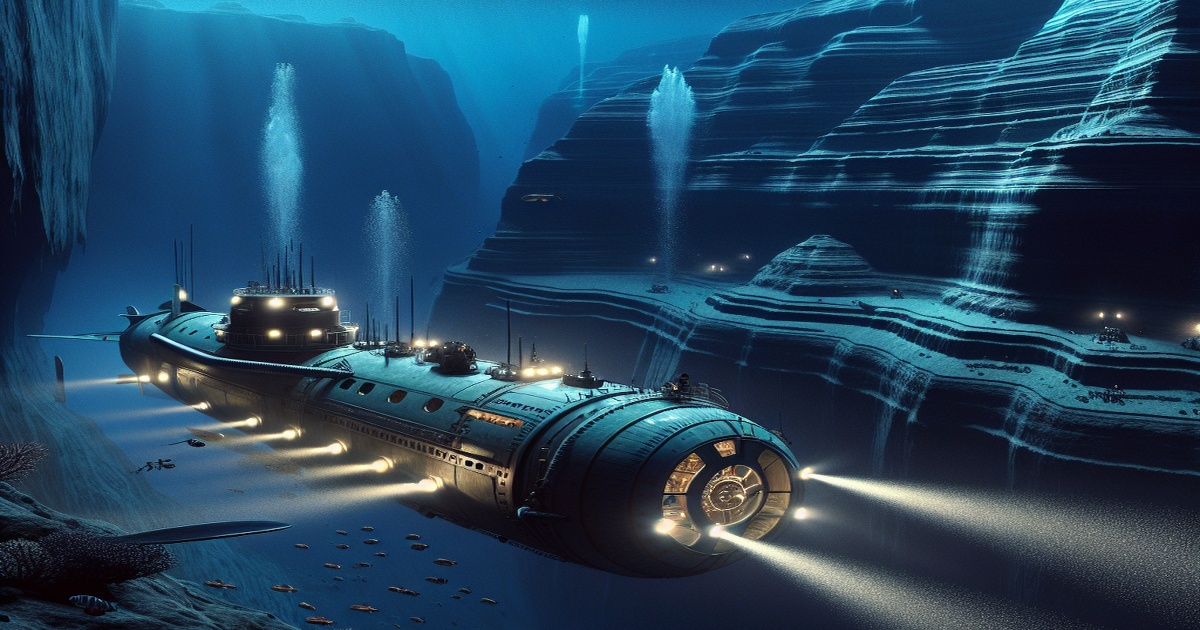A collaborative research expedition led by Chinese and New Zealand scientists has successfully concluded, making history by reaching the deepest point of the Puysegur Trench for the first time. This achievement was marked during a Concluding Open Day held in Wellington, where chief scientist Du Mengran expressed pride in the team's success. The mission was part of the Global Trench Exploration and Diving program, supported by the Chinese Academy of Sciences (CAS), and has revealed numerous intriguing findings, including potential new species and significant biological samples.
Over the course of the expedition, the joint team collected various geological materials, which are vital for understanding subduction processes in the region. Conducted by the CAS Institute of Deep-Sea Science and Engineering alongside New Zealand's National Institute of Water and Atmospheric Research (NIWA), this venture was noted as the first international scientific exploration of the Puysegur Trench.
The expedition featured 68 scientists from a spectrum of countries, showcasing a unified effort in the spirit of scientific exploration that transcends borders. Utilizing advanced technology such as the Fendouzhe manned submersible and Tansuo research vessels, the team undertook 32 successful dive missions, enduring challenging sea conditions in the "Roaring Forties."
Among the discoveries were new species of deep-sea invertebrates and fish, as well as rare organisms that thrive on whale remains, contributing to a deeper understanding of marine biodiversity in New Zealand's waters. NIWA's deputy chief executive, Rob Murdoch, highlighted the unique opportunity this collaboration afforded New Zealand scientists in accessing previously unattainable resources for deep-sea research.
Murdoch expressed a forward-looking perspective on continued collaborations to analyze and publish findings from the expedition. Chinese Ambassador to New Zealand, Wang Xiaolong, mentioned the transformative impact of advancements in technology, such as manned submersibles, which have made deep-sea exploration more attainable.
The research conducted in hadal trenches, which are extreme deep-sea environments, presents opportunities for emerging discoveries in the Earth and life sciences. This expedition is a significant step in expanding the horizons of marine research, following previous successful missions including one to the Kermadec Trench in 2022.







5 Comments
Katchuka
The discovery of new species is incredible news for biodiversity! Can't wait to learn more.
KittyKat
Are we sure the technology is safe? We can’t afford another deep-sea tragedy.
G P Floyd Jr
Exciting to see international teams working together for marine research. Well done!
Martin L King
This is just another excuse for big corporations to push for resource extraction.
Raphael
I don’t trust the outcomes of this research. Who is really benefiting?